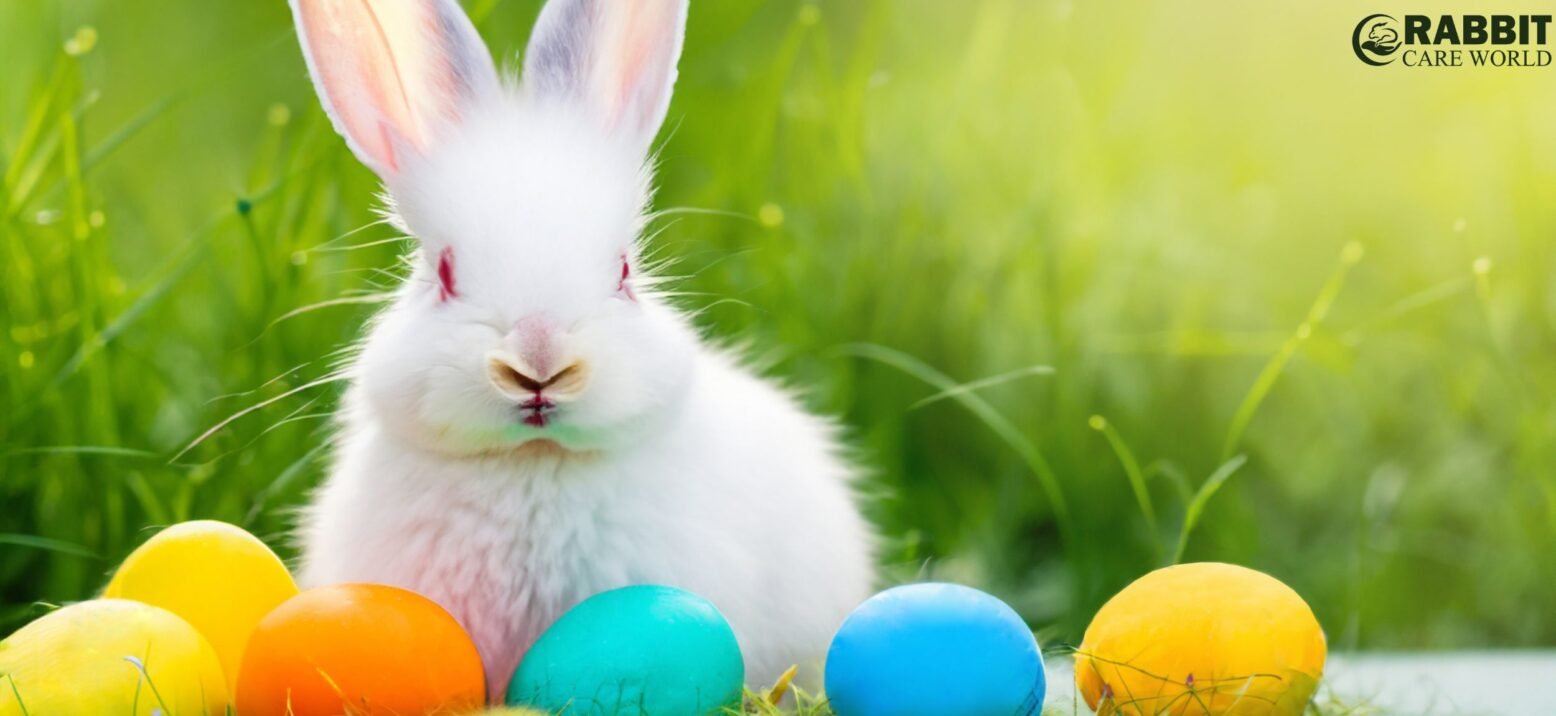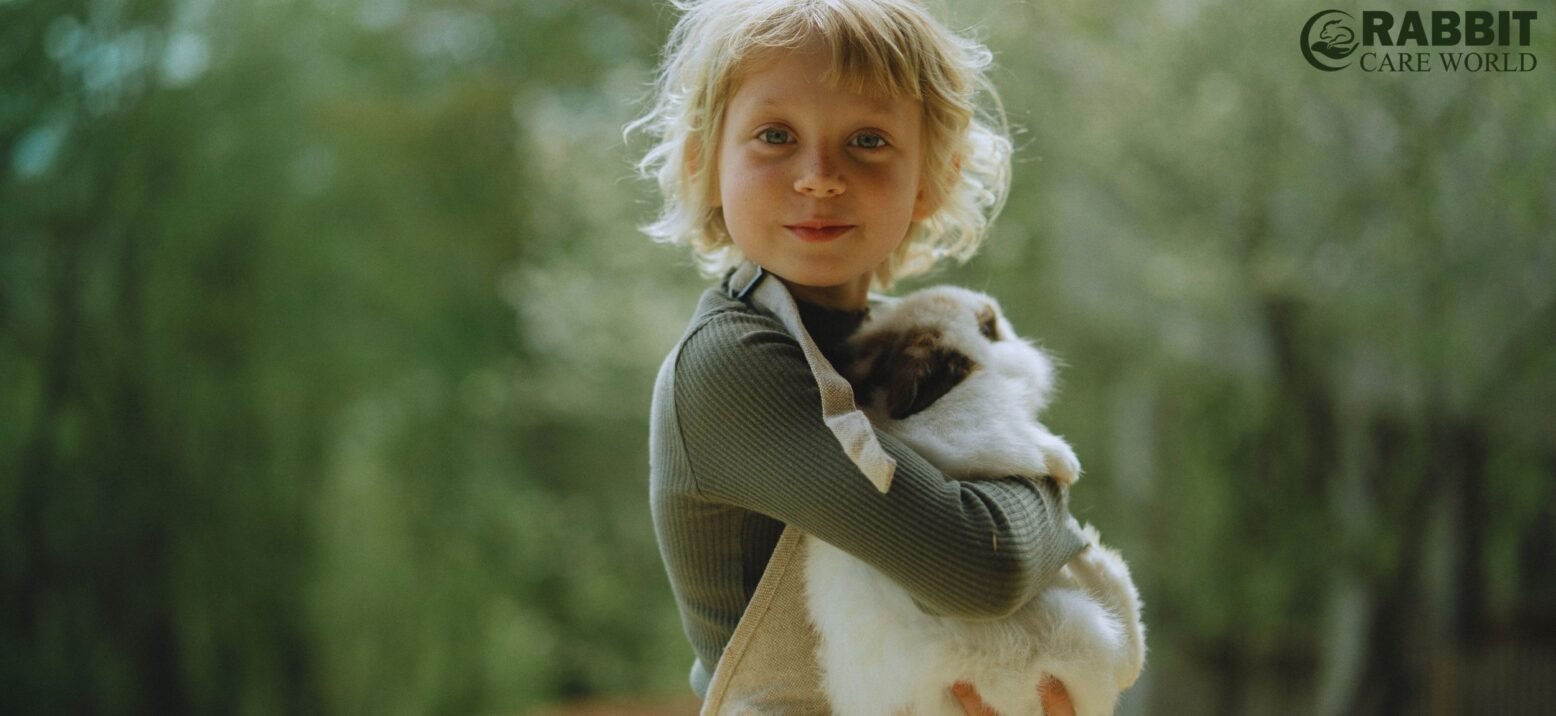What colors can rabbits see? Are you wondering about that? Rabbits can see blue and green colors. They cannot see red.
Understanding a rabbit’s vision can be fascinating. It helps us learn more about how these cute creatures interact with their surroundings. Rabbits eyes are on the sides of their heads. This gives them a wide field of vision. But, their color perception is different from ours.
They see the world in shades of blue and green. Red appears grey to them. This unique vision helps them detect predators and find food. Keep reading to discover more about how rabbits perceive colors and why it matters for their survival.
Table of Contents
ToggleRabbit Vision Basics
Rabbit vision is unique and fascinating. Understanding their vision helps in caring for them better. This section covers the basics of rabbit vision, explaining their eye structure and field of view.
Eye Structure
Rabbits have large, round eyes on the sides of their heads. This eye placement gives them a wide field of view. Their eyes are designed to detect motion. They can see well in low light, which helps them avoid predators. Rabbits have more rods than cones in their eyes. This means they see better in dim light but see fewer colors. They can see green and blue shades but not red. Their vision is somewhat blurry compared to humans.
Field Of View
Rabbits have a broad field of view. They can see almost 360 degrees around them. This wide field of view helps them spot threats from any direction. They have a small blind spot in front of their nose and behind their heads. Despite this, their excellent motion detection makes them very alert. Rabbits can see above and behind them without turning their heads. This ability is vital for their survival in the wild.
Color Perception In Rabbits

Rabbits have unique color vision compared to humans. Understanding their color perception helps in creating a better environment for them.
Visible Spectrum
The visible spectrum for rabbits is different than ours. Humans see a wide range of colors due to three types of cone cells in the eyes. These cells are sensitive to red, green, and blue. Rabbits have only two types of cone cells.
This means they can see some colors, but not all. Researchers believe rabbits can see blue and green. They cannot see red. This limited color range affects how they perceive their surroundings.
Color Sensitivity
Rabbits have more rod cells than cone cells. Rod cells are more sensitive to light and motion. This makes rabbits good at seeing in low light. They can detect movement quickly, which helps them avoid predators.
Here is a simple table to summarize their color sensitivity:
|
Color |
Perception |
|
Blue |
Can see |
| Green |
Can see |
| Red |
Cannot see |
In summary, rabbits see fewer colors than humans. Their vision is adapted for survival. They are more sensitive to light and motion than color. This makes them excellent at detecting danger.
Comparing Rabbit And Human Vision

Ever wondered how rabbits see the world? Their vision differs greatly from ours. Both in terms of color and sharpness. Let’s dive into the specifics.
Color Range Differences
Humans see a wide range of colors. Our eyes detect red, blue, and green. These combine to create the vibrant world we see. Rabbits’ eyes work differently. They see fewer colors. Their vision is limited to blue and green. Red appears as a shade of gray to them.
This difference stems from the types of cones in their eyes. Humans have three types of cones. Rabbits only have two. This impacts their ability to distinguish certain hues. Their world is less colorful than ours.
Visual Acuity On What Colors Can Rabbits See
Visual acuity refers to the sharpness of vision. Humans generally have sharper vision than rabbits. Our vision is clearer and more detailed. Rabbits, on the other hand, have a wider field of view. This helps them detect predators quickly.
The trade-off is in the detail. Their vision is more blurry. They rely on their other senses, like hearing and smell, to navigate rabbits environment. This makes up for their less detailed eyesight. In essence, their vision suits their needs perfectly.
Impact Of Vision On Rabbit Behavior
Rabbits have a unique vision that greatly influences their behavior. Understanding how they see the world can explain many of their actions. Their vision impacts their foraging habits and predator detection abilities .
Foraging Habits
Rabbits rely on their vision to find food. They can see a limited range of colors, primarily blue and green. This helps them identify edible plants and avoid harmful ones.
|
Color |
Impact on Foraging |
| Blue |
Helps in identifying certain flowers and plants |
| Green |
Helps in spotting leafy greens and grass |
Rabbits often forage during dawn and dusk. Their vision is adapted to low light conditions. This reduces the risk of encountering predators while searching for food.
Predator Detection on What Colors Can Rabbits See
Rabbits have a wide field of vision. They can see almost 360 degrees around them. This helps them detect predators from any direction.
- Rabbits have a blind spot in front of their nose.
- They rely on other senses to detect threats in this area.
Their eyes are located on the sides of their head. This placement enhances their ability to spot predators quickly. Even a slight movement can alert them to danger.
Rabbits often freeze when they sense a threat. This behavior makes them less visible to predators. Their ability to detect motion and changes in light plays a crucial role in their survival.
Frequently Asked Questions About What Colors Can Rabbits See
What Colors Can Rabbits See?
Rabbits can see blue and green. They cannot see red.
Do Rabbits See In Black And White?
No, rabbits see some colors. Mostly blue and green.
How Do Rabbit’s Eyes Work?
Rabbits’ eyes have two types of cones. This limits their color vision.
Can Rabbits See Better In The Dark?
Yes, rabbits see well in low light. They are crepuscular animals.
Conclusion On What Colors Can Rabbits See
Rabbits see colors differently than humans. They can see blue and green hues. This unique vision helps them detect predators. Knowing what colors rabbits see is essential for their care. It helps create a comfortable environment. Always consider this when choosing toys and surroundings.
Understanding rabbit vision improves their quality of life. So, keep these facts in mind for a happy pet rabbit.
Explore our latest blog post



